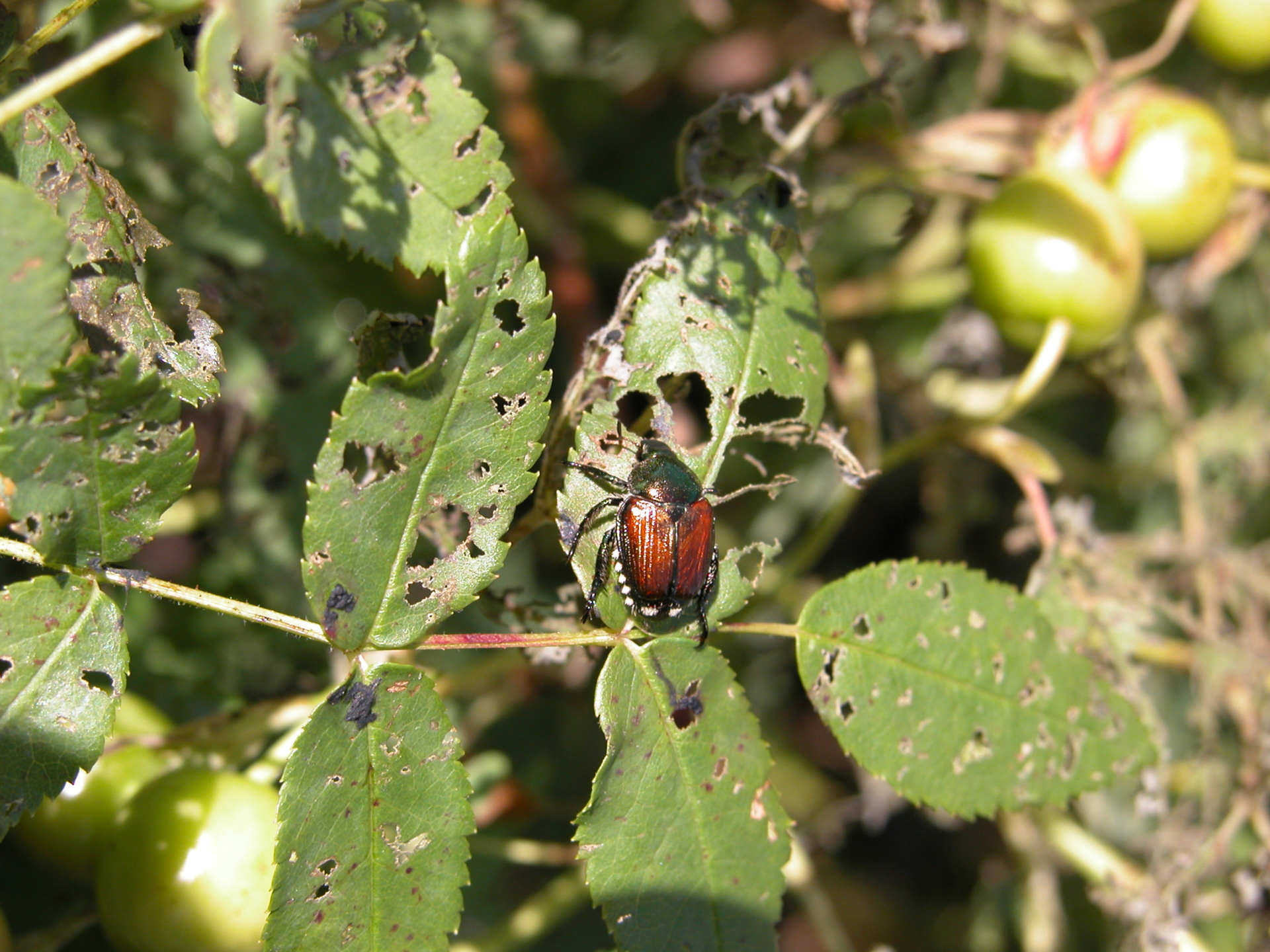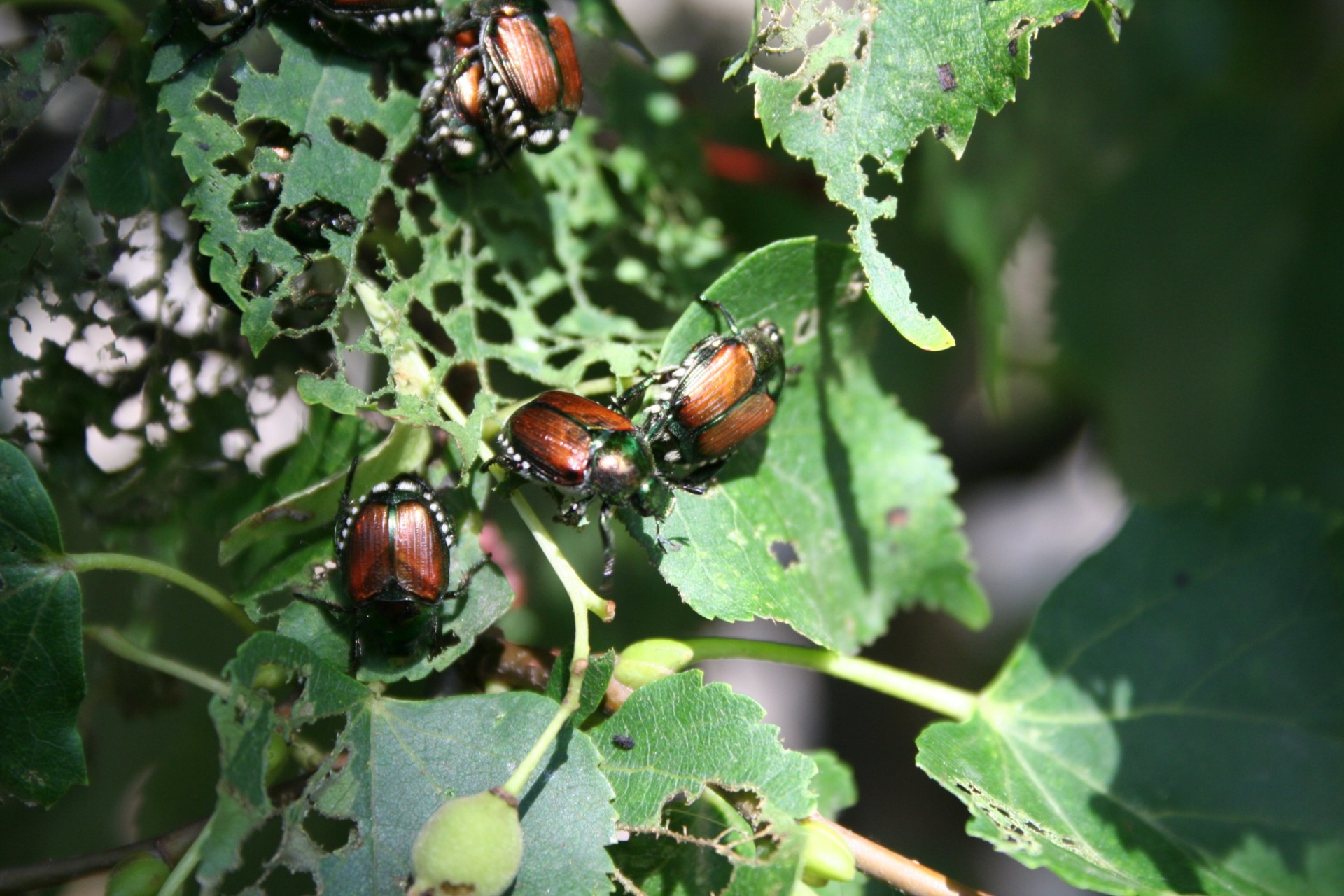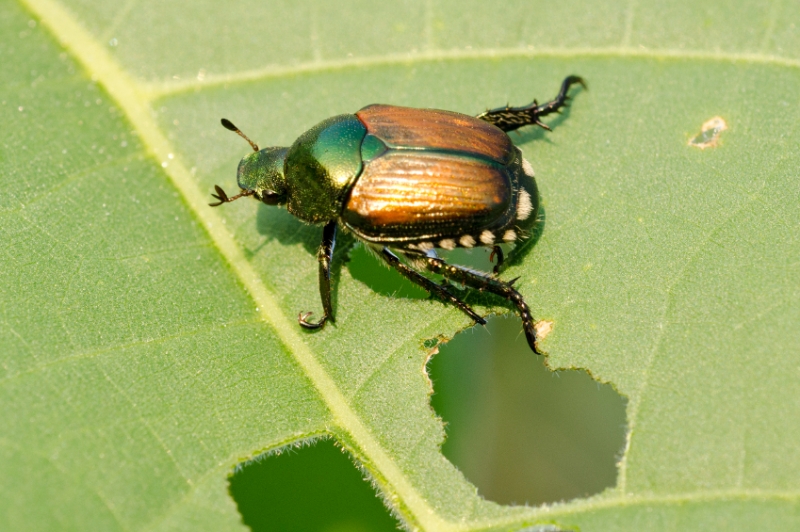japanese beetle life cycle illinois
The larvae feed on roots of grass and other plants close to the surface of the soil. The adult beetles lay their eggs in late july into.
Opry Mills Breakfast Restaurants.

. Orkin Termite Treatment Pest Control Exterminator Service. Female beetles can lay between 40 to 60 eggs which hatch into grubs during early August. Japanese Beetle Life Cycle Illinois.
Adults typically begin to emerge in late June or early July around 1000 growing degree days see University of. While the adult life cycle of the Japanese Beetle is over at the end of the growing season it is always a good time to look ahead. Female beetles lay eggs in the soil 3 inches below the surface of a.
How to Recognize the Japanese Beetles Life Stages. The Japanese beetle Popillia japonica has an annual life cycle. After this spring feeding.
For instance in its native Japan the beetles life cycle. In spring grubs move up near the soil surface to finish feeding and pupate into adult beetles. Japanese beetles overwinter in the grub stage.
Restaurants In Matthews Nc That Deliver. Grubs feed on plant and turfgrass roots until the arrival of cold weather which forces them to migrate. Japanese beetle season Life cycle The Japanese beetle has a one-year life cycle with adults typically appearing in late-June to early July here in Illinois.
The Japanese beetle adult--an attractive pest. From mid-May to June the young. The best way to control adult beetles is to make a preemptive strike in the spring well in advance of the adults emerging.
The adult Japanese beetle is a little less than half an inch long and has a shiny metallic-green body with bronze-colored outer wings. Timing Life Cycle. The Japanese beetle has a one-year life cycle spending most of its life in the soil as a grub.
Japanese Beetle Life Cycle Illinois. Japanese beetle grub University of Illinois Japanese beetle adults Japanese beetles have a univoltine life cycle one generation per year. The eggs hatch into white grubs in ten days to two weeks or longer depend- ing on soil temperature.
The life cycle of the Japanese beetle is typically one year in most parts of the United States but this can be extended in cooler climates. Adult beetles emerge in early July and feed for four to six weeks on more than 300 species of plants. That is it takes one year to complete the development and growth from egg to adult and there is only one.
The Japanese beetle Popillia japonica is a species of scarab beetleThe adult measures 15 mm 06 in in length and 10 mm 04 in in width has iridescent copper-colored elytra and a green. Japanese beetle adults are above ground eating leaves for about 6 weeks from mid-June into August. Japanese beetles were first found in the United.
They overwinter as third instar larvae in the soil. Usually by the end of. As soil temperatures warm to above 50F in the spring the grubs begin to move up into the root zone to feed.
Japanese beetles have only one generation per year. This life cycle takes a year. After mating and feeding females lay eggs in moist actively growing.
In spring the overwintering grubs move upward in the soil. A typical cluster of anese beetle eggs. Majestic Life Church Service Times.

Japanese Beetles Are Here To Stay How Can We Fight Back
Home Yard Garden Newsletter At The University Of Illinois

Japanese Beetles The Morton Arboretum

Living With Japanese Beetles University Of Illinois Extension

Minimize Japanese Beetle Damage

Dealing With White Grubs In Lawns White Grubs Are The Most Serious And Destructive Lawn Insect Pest In Illinois While Not All L Lawn Lawn Care Business Grubs
Home Yard Garden Newsletter At The University Of Illinois
Heartland Outdoors Food Plotting Japanese Beetle Season

Japanese Beetles The Morton Arboretum
Home Yard Garden Newsletter At The University Of Illinois

Because Of Cold Winter We Ll See Fewer Japanese Beetles Home Garden Qctimes Com

Plants That Japanese Beetles Don T Like Country Basket Garden Centre Niagara Garden
Home Yard Garden Newsletter At The University Of Illinois

Two Male Dung Beetles The One On The Left Is A Minor And The One On The Right Is A Major Species Beetle Big Guy
Home Yard Garden Newsletter At The University Of Illinois


